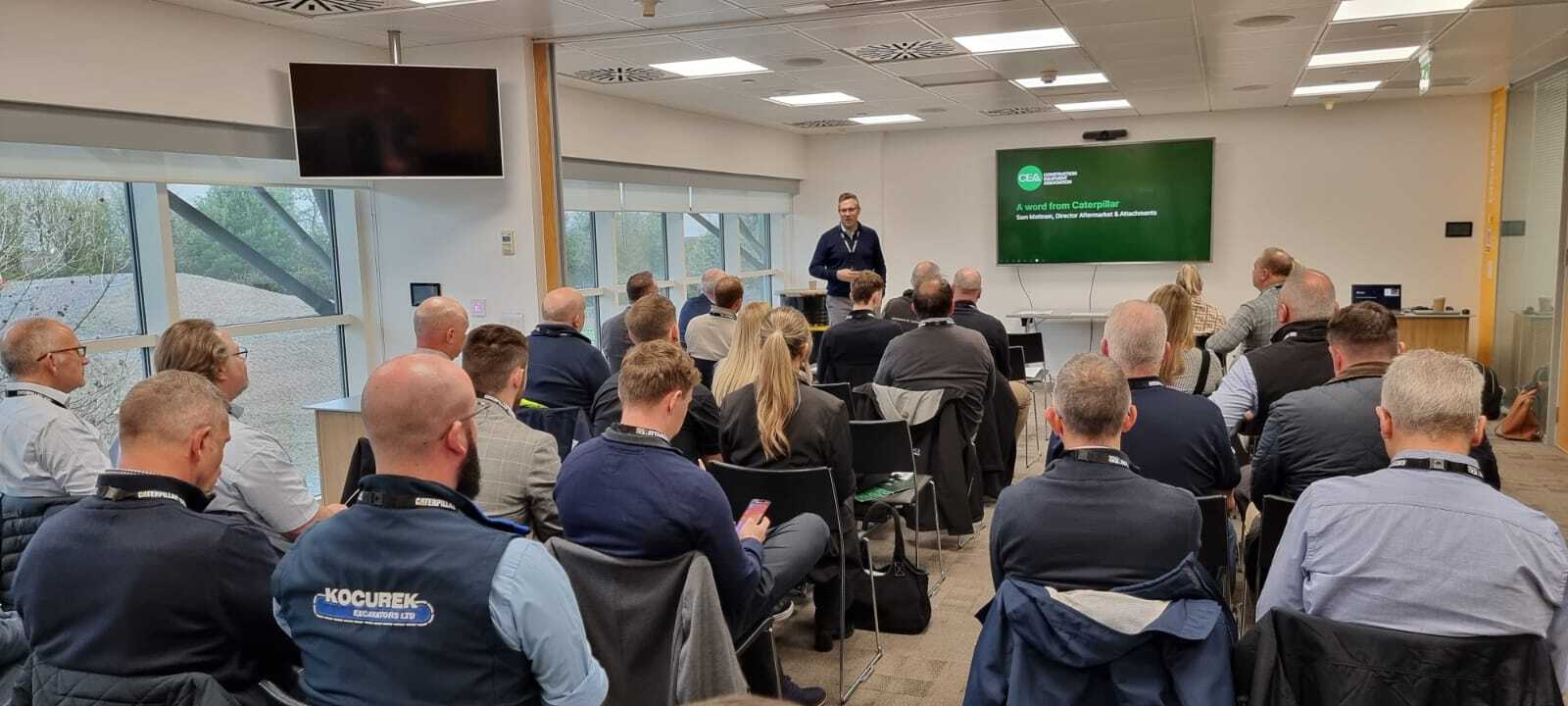Launch of New Guidance for Human Form Recognition Systems in Construction
Following increased use of human form recognition systems (HFRS) in construction, the Construction Industry Plant Safety Group has launched a new publication entitled ‘Good Practice Guidance for the Use of Machine-Mounted Human Form Recognition Systems’.
This is the latest publication produced by the Construction Industry Plant Safety Group, a pan-sector group managed by the Construction Plant-hire Association (CPA) and set up through the Health & Safety Executive (HSE) a number of years ago to provide guidance on specific construction plant safety topics. The new guidance document can be downloaded free of charge from the CPA website at https://cpa.uk.net/plant-safety-group/
Human form recognition systems in construction utilise camera-based technology with AI to identify people near machinery, enhancing safety by alerting operators and others to potential hazards.
The comprehensive publication extends to just over 50 pages and aims to advise and inform plant owners, users, operators, managers, OEMs and third-party suppliers about considerations for the fitment, use and management of human form recognition systems installed on plant to detect and warn of human presence in defined danger zones.
Being struck by a moving vehicle still accounts for many workplace fatalities, for which HFRS is being increasingly used as an aid to minimise contact between workers and others in the vicinity of active construction plant.
Although segregation control measures remain the main course of action for keeping workers and others away from the active plant, individuals can still potentially enter the danger zone of a machine, sometimes without the operator’s knowledge, due to the configuration or design of the machine or accidental breaches.
As human form recognition systems are becoming more common place in construction, and as the technology is continually evolving at pace, a large and dedicated Working Group was formed to help develop a consistent approach to the fitment and use of HFRS. The Working Group came together under the management of the Construction Industry Plant Safety Group, consisting of some 25 representatives from plant owners, construction contractors, OEM/equipment suppliers and the HSE, along with other supporters, to devise the guidance.
Aaron Davis, Chair of the HFRS Working Group said: “Borne of a need to generate consistency within industry, the Working Group started work on the guidance in late September 2024 and although a challenging piece of work, the publication has been produced in good time.
“We recognise that HFRS are still an emerging technology and with limited applicable standards currently available, some of the technical specifications within the publication are currently an industry aspiration. However, the overall aim is to meet the needs of the sector in providing reliable and accurate systems. Although HFRS are currently only safety aids to people/plant interface requirements, OEMs and suppliers are working in partnership with the sector to encourage future development of trustworthy products and systems.
“I thank the Working Group and other supporters for their time, perseverance and patience in producing this guidance and to those who have produced supporting material and research reports. Although the guidance is both comprehensive and technical in nature, our next task is to produce a companion summary publication that outlines the key points of HFRS use. With the technology fast-moving, we further intend to undertake a review programme of the publication in approximately 12 months’ time,” he continued.




